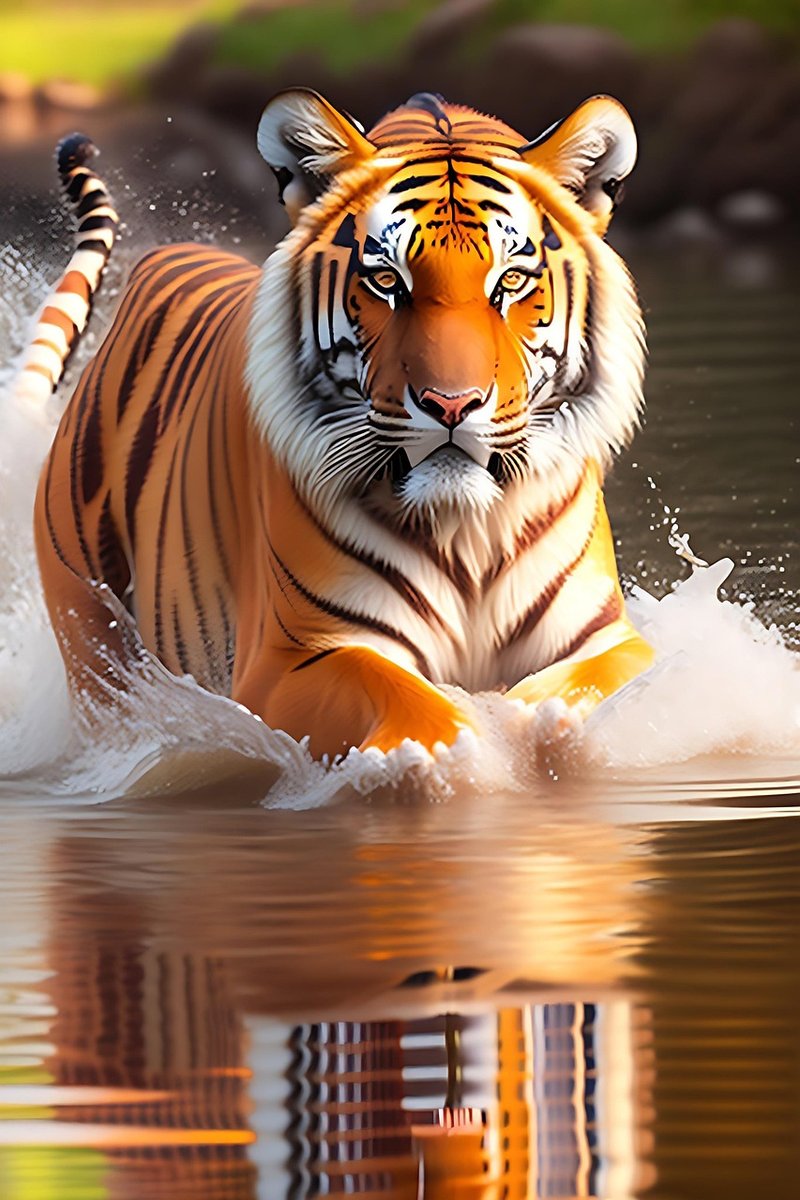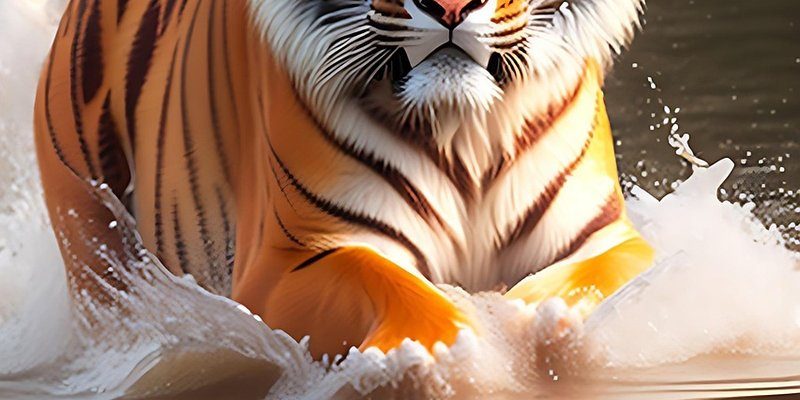
When we think of endangered species, we often picture exotic animals like tigers or elephants. But the ox, particularly the domestic ox (Bos taurus) and its wild relatives like the aurochs, also have a story worth telling. It’s a tale of survival, adaptation, and the sometimes difficult relationship between humans and nature. So, grab your favorite drink, and let’s dive into the world of oxen and their conservation status.
Understanding the Different Types of Oxen
Oxen are not just one type of animal; they actually come in various breeds and classifications. The most well-known type is the domestic ox. These animals have been bred for thousands of years primarily for work or meat. They are generally docile and play an essential role in agricultural practices around the world.
Then you have the wild types, such as the aurochs. These impressive creatures once roamed across Europe, Asia, and North Africa but were driven to extinction in the early 17th century. Interestingly, there are ongoing efforts to breed back a modern version of the aurochs, known as the TaurOs Project, which aims to create a breed that closely resembles the aurochs based on ancient breeding techniques.
Now, here’s the thing: even though the domestic ox isn’t classified as endangered, its wild relatives and certain specific breeds are facing challenges. So, let’s break down why conservation efforts are crucial.
Threats to Oxen Populations
You might be wondering what could possibly threaten such strong and sturdy animals. While domestic oxen are not typically in danger, various factors can put both wild and specific domesticated breeds at risk:
- Habitat Loss: As cities expand and agriculture intensifies, natural habitats for wild ox species are being destroyed.
- Genetic Diversity: Many domestic ox breeds have become so specialized that their genetic diversity is declining, making them vulnerable to diseases.
- Climate Change: Changes in weather patterns can affect food availability and habitats, leading to stress on ox populations.
In many cultures, oxen have been integral to farming and daily life. However, as agricultural practices shift—often moving toward mechanization—the reliance on these animals declines. This isn’t just a loss for farmers; it’s a potential loss of biodiversity.
Global Conservation Efforts for Oxen
So, what’s being done to protect these animals? Global conservation efforts vary significantly depending on the species. For domestic oxen, conservation mainly focuses on maintaining genetic diversity among breeds. This is vital to support their health and resilience against diseases.
For wild oxen, especially those like the European bison, conservationists are working on several fronts:
- Protected Areas: Creating parks and reserves to secure habitats for wild oxen.
- Selective Breeding: Programs that encourage the breeding of less common breeds to maintain genetic diversity.
- Awareness Campaigns: Educating local communities about the importance of oxen in ecosystems and agriculture.
Honestly, it’s a complex web of efforts involving governments, NGOs, and even local farmers. The success of these programs often depends on community involvement and understanding.
The Role of Local Communities in Conservation
Communities play a vital role in the conservation of oxen, especially in regions where they are still used for labor or food. When people understand the importance of these animals, they tend to care for them better.
For instance, in some cultures, oxen are seen as symbols of strength and prosperity. Campaigns that highlight their cultural significance can foster a sense of pride and responsibility among local populations. Let me explain this with an example:
In countries like India, oxen are not just farm animals; they are part of traditional festivals and family life. This deep-rooted connection means that communities are more likely to invest in their care and conservation.
This kind of human-animal relationship can lead to sustainable practices that benefit both the local people and the oxen themselves.
The Future of Oxen and Conservation
Looking to the future, the plight of oxen will depend heavily on ongoing conservation efforts and public awareness. As challenges like climate change and habitat destruction continue, adaptability will be key.
It’s essential to not only focus on individual species but also on the ecosystems they inhabit. Here’s a hopeful note: successful conservation stories are being written every day. One example is the resurgence of the Kankrej breed in India, known for its strength and resilience. Efforts to revive and promote this breed have turned it into a point of pride for many farmers.
Through education and community effort, we can help ensure that these majestic creatures remain a part of our world for generations to come.
So, is the ox endangered? It’s a nuanced question. While domestic oxen are generally not at immediate risk, their wild relatives and specific breeds certainly are. Just like a shared cup of coffee, conservation is a community effort, requiring awareness, understanding, and commitment from all of us.
In the grand scheme of things, every species plays a role in the tapestry of life, and losing one can unravel parts of that fabric. By supporting ox conservation efforts, we’re not just saving an animal; we’re preserving a piece of our shared heritage and future.

